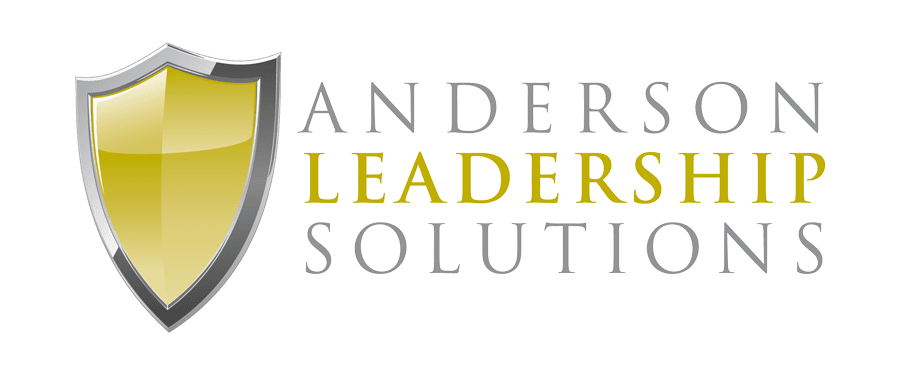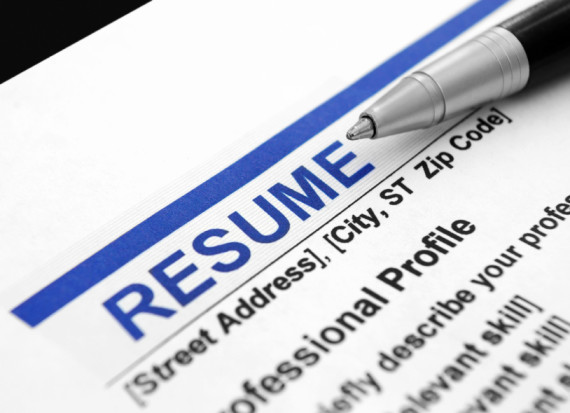My Un-Resume: My Team Lacked REAL Diversity
The first team I led had two women, two African American’s and someone of Asian descent. The other 5 were white males. Our team picture could have been used as an HR poster for diversity!
I hired most of them because I felt they were of high character and high potential. Diversity was not part of my decision making process, even though it may have looked like it. Unfortunately, looks can be deceiving. That team was not REALLY diverse. That team was not very good either.
Good Intentions
I was never one to deliberately look for someone of a certain ethnicity or gender to fill my team. I wanted the best person for the job. Period.
Many companies have systems set up to monitor fair hiring practices. I am glad they are there. The intent should always be to hire the best person for the team. Excluding someone because of their minority status is wrong.
However, those good intentions have caused many people to hire candidates because of their minority status instead of causing them to ignore that status.
FAKE Diversity
That first team of mine looked diverse but was perhaps one of my least diverse teams. Even though we all looked different, we all had very similar personalities.
It was my fault. I hired people that were just like me. We had similar personalities, which made us like each other a lot and have a lot of fun.
It was easy to get everyone to agree because we all naturally had the same way of seeing things. We looked at problems through the same lens.
I enjoyed going to work everyday. I enjoyed going to work until our results began to show that we were not very good.
If everyone on a team thinks the same way, that team will likely have very limited success. A blend of ethnicities and genders will not guarantee diversity of thought on a team. Diversity in personalities will.
Personality Styles
There are many different systems for categorizing personality styles. I use the DISC profile system with my clients. (Take DISC Personality Assessment Here).
DISC categorizes people into a combination of four styles:
D: Dominant – Outgoing and task oriented. They can be very direct and do not shy away from conflict. They are driven by results and competition.
I: Influence – Outgoing and people oriented. They are visionary but not detail oriented. They have a lot of friends. Risk and/or change does not bother them.
S: Steadiness – Reserved and people oriented. They are very loyal and avoid conflict. They prefer a small group of close friends and the status quo.
C: Compliance – Reserved and task oriented. They are precise and cautious. They want the details and are uncomfortable with ambiguity.
Most people are a varied blend of 2 -3 styles. But one style tends to dominate. When a team is dominated by one dominant personality type, that team is headed for trouble.
A Team of D’s: Will get the job done, but may burn bridges and relationships along the way.
A Team of I’s: Will be the most creative and enthusiastic group, but may miss details and lack the attention to follow-through to the end.
A Team of S’s: Will be consistent and loyal, but may avoid change and never engage in healthy conflict.
A Team of C’s: Will have things done accurately and on time, but may spend too much time planning and focusing on non-essentials.
All High I’s
That was the problem on my first team. We had 10 people who were high I’s. We were great selling in front of our customers. We were the best at coming up with innovative marketing ideas.
Our problem was follow-through. If we had someone from each of the other three styles, our team might have performed better.
- D: We needed a high D on the team to keep us focused on the results and not just how much our customers liked us or liked our new ideas.
- S: We needed a high S on the team to keep us from moving from one half finished strategy to another. A high S would have had the patience to see a strategy through to the end before moving on to the next one.
- C: We needed a high C on the team to point out the details we needed to accomplish to make a strategy work. A high C would have made sure we thought through the “what if’s” before we launched.
Since that first team, I have become increasingly aware of the need to build teams of REAL diversity. It became one of the keys to success my later teams enjoyed.
The Bottom Line:
REAL diversity takes more than a photograph or an employment application to determine. It goes deeper than what today’s legal environment requires of employers.
REAL diversity should be more a important factor in hiring people than the government’s definition of diversity. REAL diversity is more likely to insure hiring the best candidate for the job and upgrading the performance of a team.
I need a person who is different from the people who are already on my team. The right fit on a team is someone with a different personality, not more of what we already have. I learned the hard way, that it is more important for them to have different personality styles than anything else.
Question:
When has a person who is different than you are actually made you better?
Dave Anderson is coauthor of the Amazon Best-Seller Becoming a Leader of Character – Six Habits that Make or Break a Leader at Work and at Home with his father General James L. Anderson (USA Retired).
You can order Becoming a Leader of Character on Amazon by clicking here:
bit.ly/LOCBook.
You can also find Becoming a Leader of Character at Barnes and Noble, Books-a-Million and other retailers.

